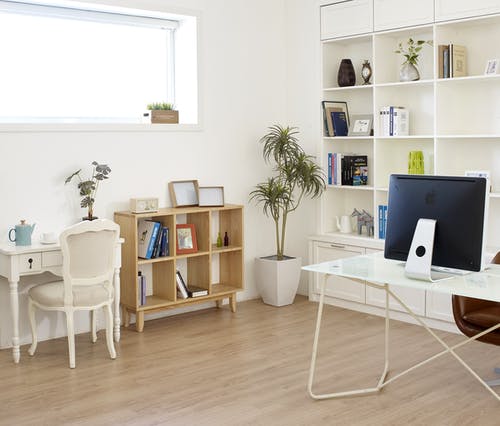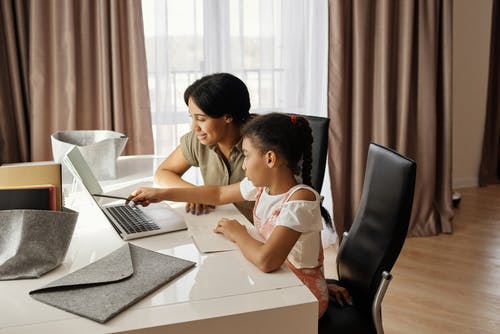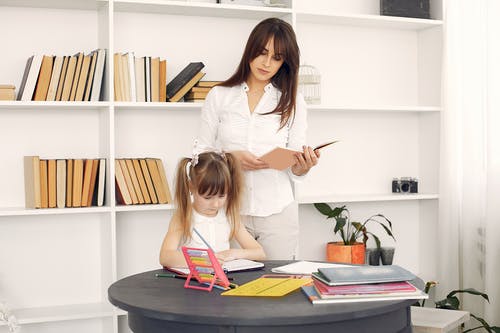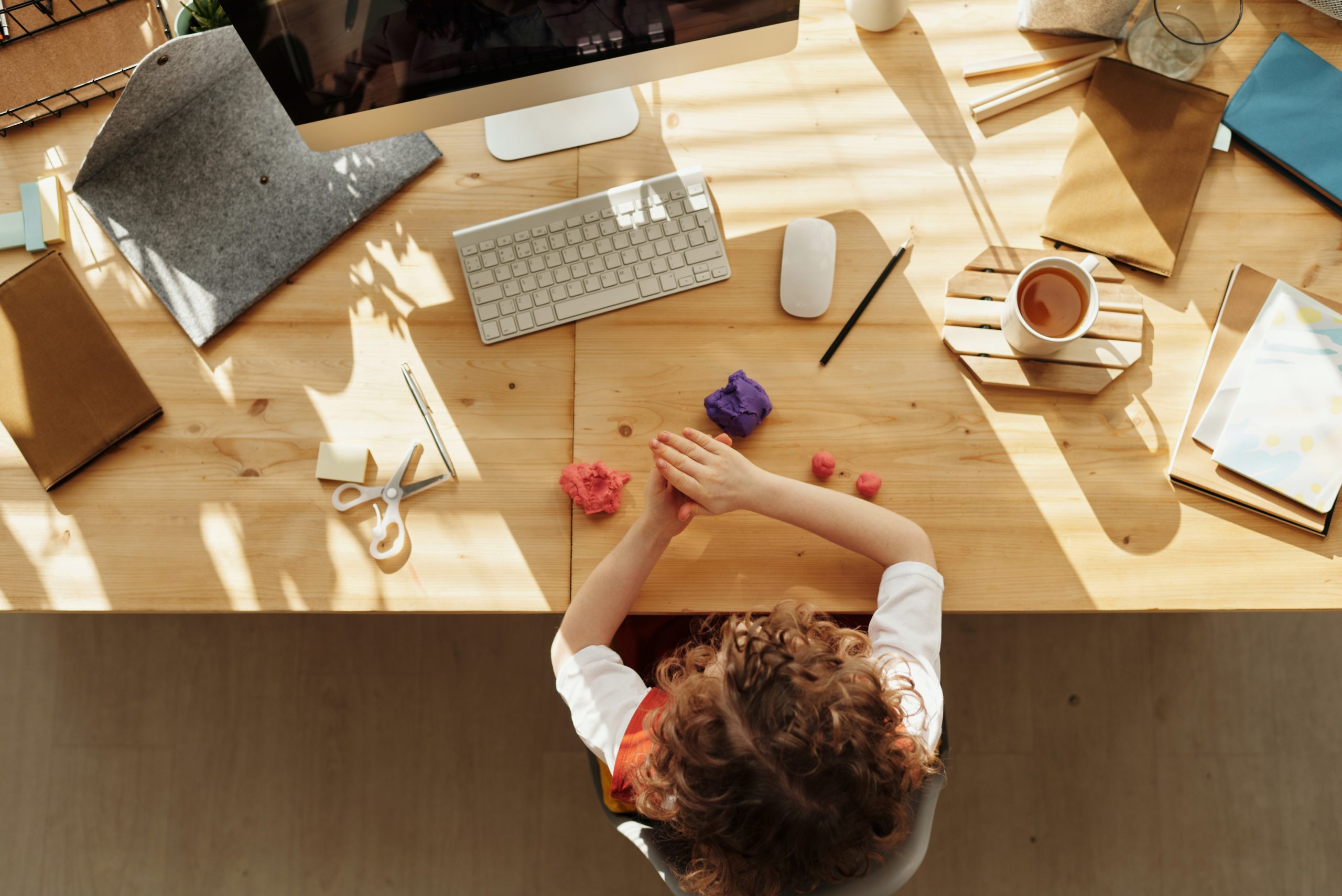How to choose your home school space
Choosing and setting up your home school space may seem to be overwhelming, especially just before you start. Maybe you’re wondering where you should designate the classroom? Which criteria should you use? I’ve seen some youtube vlogs where people do their homeschooling on every part of their house, they really do not have a specific place they can call class. If you choose to go this way, I’d highly urge you to set up a place where you can keep all the study materials after class. That way, even if the school was in the pool, you know where to find the study materials.
This post contains affiliate links, which means I’ll receive a commission if you purchase through my link, at no extra cost to you. Please read the full disclosure here.
Tips for setting up your home school space.
While setting up your space, you should always consider areas where there are maximum productivity and comfort. Here are some tips to guide you:
- Have an open mind.
No, it is not a must that your home school space looks exactly like a classroom set up! You can twerk things and customize them to your preference. If you’ve decided to have a specific area where you’ll have the schooling, then make sure it has proper lighting. The learning space should also be near an authoritarian figure where the parent/guardian/tutor can quickly check up on the student and answer questions. Depending on your home, you might choose a small area (a corner) or a whole designated room or even a closet. It all varies from one home to another.
- Find the appropriate work surface.
 Ideally, you could try to mimic some parts of a classroom. For instance, your home school space should have a flat table/desk/surface. Whatever option you go with, you should make sure study materials can be left at the surface undisturbed. Sometimes you might find that you’ve run out of options and have to use a shared surface. If that’s the case, then you can customize and be very careful about where you put the study materials. If, for instance, you choose to use the kitchen tabletop, then you should also select a designated area where you’ll place all your study materials after class. We don’t want to spill drinks on books and lose crayons!
Ideally, you could try to mimic some parts of a classroom. For instance, your home school space should have a flat table/desk/surface. Whatever option you go with, you should make sure study materials can be left at the surface undisturbed. Sometimes you might find that you’ve run out of options and have to use a shared surface. If that’s the case, then you can customize and be very careful about where you put the study materials. If, for instance, you choose to use the kitchen tabletop, then you should also select a designated area where you’ll place all your study materials after class. We don’t want to spill drinks on books and lose crayons!
- Make comfort your number one priority.
Sitting on an uncomfortable chair for long hours will only make the student and the parent dislike classes. If your seat is uncomfortable, your student will be so fidgety, and most likely, they will not comprehend most of the things being taught. You should choose comfortable seats. Sometimes having a bean bag in your home school space helps. Due to their comfortability, students may not find it hard to grab a book and read while on it. 
- Consult with your student.
Your student should always be your number one priority when setting up a home school space. You’d want to make it as comfortable as s/he would like. Go ahead and ask them what they feel should be in their home classroom. Allow for changes whenever the student feels like the learning space is becoming uncomfortable for them. Listening and incorporating what the learner wants makes them feel motivated to learn since they are in an area that they helped create.
- Have cleaning up rules/procedures.
Simplify the cleanup process by placing a trash can or a recycle bin near the home school space. Having a washable table cloth will also help with messy art and craft activities as you can easily clean it up. You should keep your learning space clutter-free. Learning in a clean environment is more natural than when you have clutter. However, sometimes it may be impossible to avoid clutter. In this case, you can have boxes where you can place all your learning materials creating a cleaner appearance while also having a safe space where you can store your study stuff.
- Set up your supplies and materials nearby.
Locate organizational units and shelves on your home school space. To keep the area and material contained, you might want to use a combination of drawers and shelves and other storage options. You’ll need storage options where you can divide work in progress and other books. 
- Include aesthetics.
Aesthetics are an essential part of designing a home school space. The learning space should be warm and encourage learning. Does the student like the colors? Do you have an art gallery and hung learning charts and materials? Look at warm, peaceful colors like light blue, pale green or muted lavender. Include an art gallery where you can consist of all academic achievements and artwork. However, you might choose the wall not directly facing the learning space to avoid clutter and minimize distractions.
Final word.
Developing a home school learning space is a journey that you’ll enjoy and improve with each new day. Make it as fun as possible, and enjoy every step. It does not have to be complicated as you can always figure out things as they come. Play with your creativity to come up with the best learning space for the student and/or parent/tutor. Personalize your space and understand that the process will most likely evolve ad change with time. Enjoy the ride. How did you choose your home school space? Let me know in the comment section below. IF YOU FOUND THIS ARTICLE USEFUL AND YOU’D LIKE TO CHECK LATER, YOU CAN PIN IT ON YOUR PINTEREST HOME SCHOOLING BOARD ?






